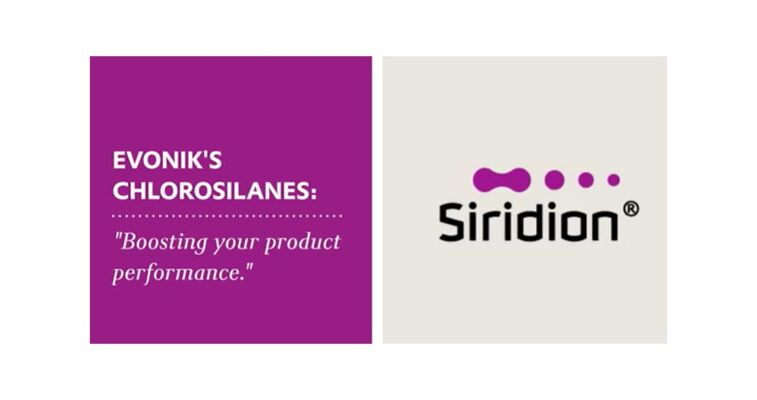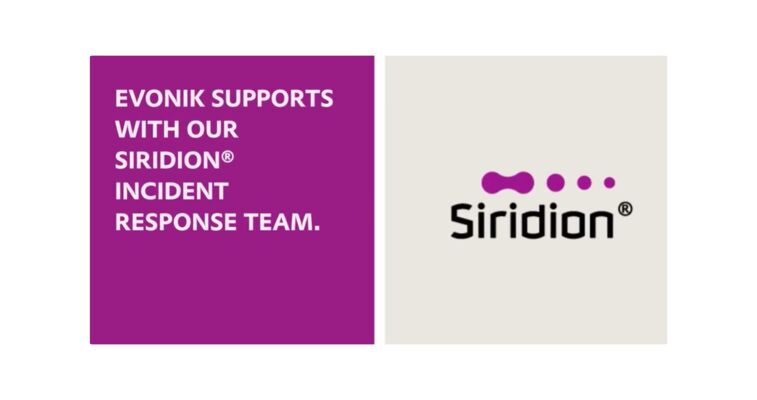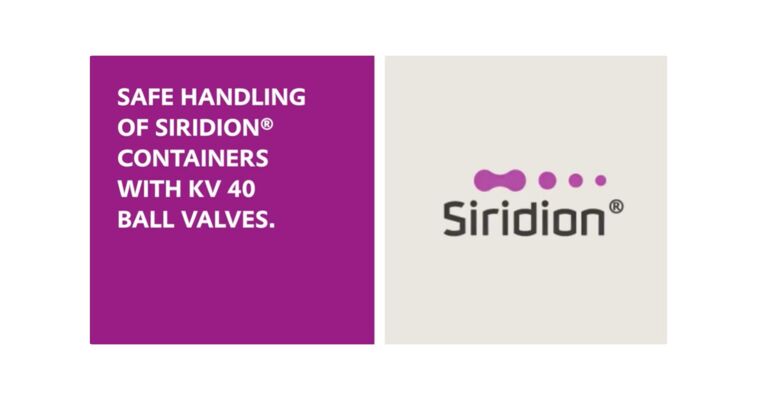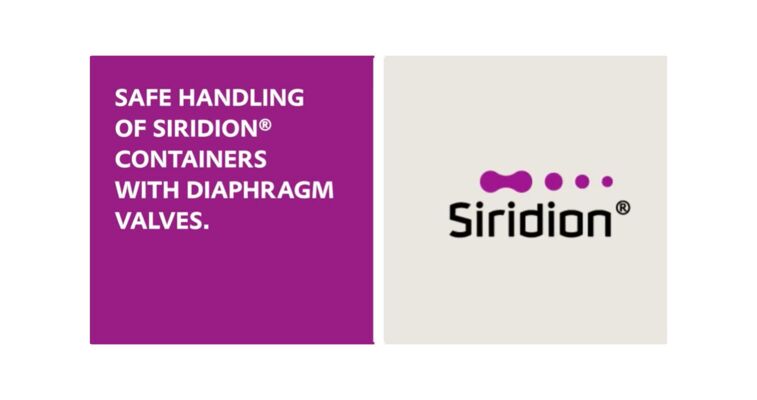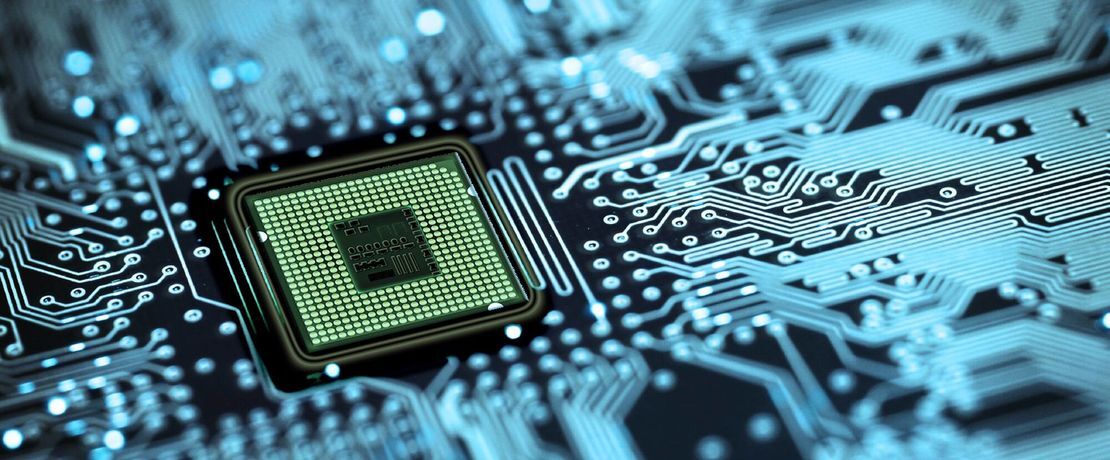
Deposition
Layer by layer
Microchips are the components on which our modern society is built. Every electronic device – from smartphones to cars and washing machines – need microchips to work. These integrated circuits are generally produced on a silicon disk called a wafer, on which the chip and its complex, highly precise circuits are built up layer by layer. Modern chips have more than 100 of these microscopically thin layers. One of the most important materials for their structure is high-purity silanes.
The type of silanes used depends on the precise application. In general, a microchip consists of various zones. The front-end-of-line (FEOL) is the chip’s “brain,” where all transistors, diodes and condensers are found. The transistors of the FEOL are wired in the back-end-of-line (BEOL). Between the conductor paths are insulating layers that prevent short circuits between the conductive parts. In total, the chip production process uses more than 400 chemicals. As a source of silicon, silicon dioxide, silicon nitrides and silicon carbides, high purity silanes play a vital role by providing a large part of the chip material itself.
Chemical vapor deposition
Various deposition techniques are used in the process of building up microchips. One is chemical vapor deposition (CVD), which is commonly used in the semiconductor industry because it allows even the finest of indentations in the wafers to be coated evenly.
The process involves vaporizing and thermally decomposing high-purity silanes and other precursor molecules in a vacuum chamber – these then deposit homogeneously as a thin layer of silicon dioxide (SiO2), for example. This works as an insulator, separating the electronically conductive layers from one another. For the chemical conversion to work, there must be a certain reaction temperature in the chamber, which must be maintained exactly.
Silane purity is crucial
The purity of the silanes is absolutely crucial in deposition, as impurities from metal ions, for example, can alter the electrical properties of the layers and thus impair the performance of the construction elements.
The semiconductor industry is therefore subject to extremely stringent purity standards. Silanes from Evonik’s Dynasylan® and Siridion® brands offer purity of up to 99.99999 percent. Any impurities are often in the parts-per-billion range – meaning just a few billionths. They are monitored using various analysis processes such as mass spectrometry and gas chromatography to ensure that they meet the high standards.
With a constant stream of new developments in the semiconductor industry, Evonik, too, is researching innovative new materials in order to further improve the quality of the high-purity silanes and offer new precursors. The experts also assist their customers in handling these special silanes and provide technical support worldwide.
The benefits at a glance:
- Consistently high quality
- Complex approval analytics
- Supply security
- Technical support worldwide
Videos
